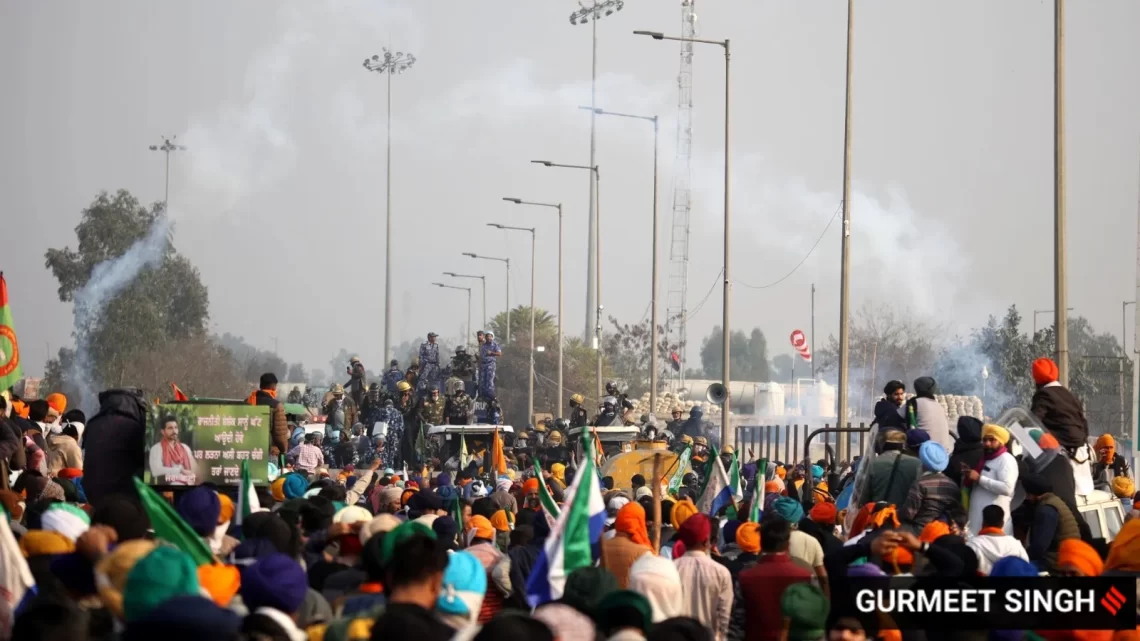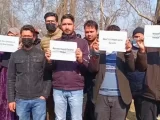
Rising Tensions: Farmers Rally Against Haryana Government, Drawing Parallels to ‘Kashmir Valley
February 14, 2024In the midst of the relentless protests, Sarwan Singh Pandher, a prominent farmer leader, has strongly criticized the aggressive tactics employed by the Haryana government. He accuses the authorities of transforming the state into a situation reminiscent of the conflict-ridden “Kashmir valley.” The statement comes at a time of escalating tensions between farmers and the government, marked by road blockades and the erection of concrete walls at the borders of Punjab and Haryana.
The current measures taken by the government bear a resemblance to the heightened security conditions witnessed in conflict zones. Pandher, who serves as the general secretary of the Kisan Mazdoor Sangharsh Committee, vehemently condemned the government’s brutal tactics. He alleged widespread harassment of farmers by deployed police forces, including the use of water cannons to suppress dissent. Pandher emphasized that contrary to media narratives blaming farmers for road blockades, it is the government obstructing access to crucial routes, escalating the standoff.
Expressing solidarity with detained farmers in Madhya Pradesh, Pandher denounced what he perceives as a systematic effort by the government to stifle dissent. The Haryana government’s deployment of police to every village to harass farmers is a concerning development, according to Pandher. He sees this as part of a broader strategy to suppress the voices of those protesting against policies they deem detrimental.
At the heart of the farmers’ demands are legal guarantees for the Minimum Support Price (MSP), the implementation of the Swaminathan Commission’s recommendations, and justice for victims of the Lakhimpur Kheri violence. Despite negotiations with Ministers Arjun Munda and Piyush Goyal, the talks have remained inconclusive, with farmers rejecting proposed offers, including the formation of a committee to address their grievances.
The comparison to the Kashmir valley, a region long marred by Indian brutalities, underscores the gravity of the situation in Haryana. As tensions escalate and protests intensify, the standoff between farmers and authorities shows no signs of abating, with both sides firmly entrenched in their respective positions. The situation raises concerns about the government’s approach to dissent and the potential long-term impact on the rights and well-being of farmers in the region.

